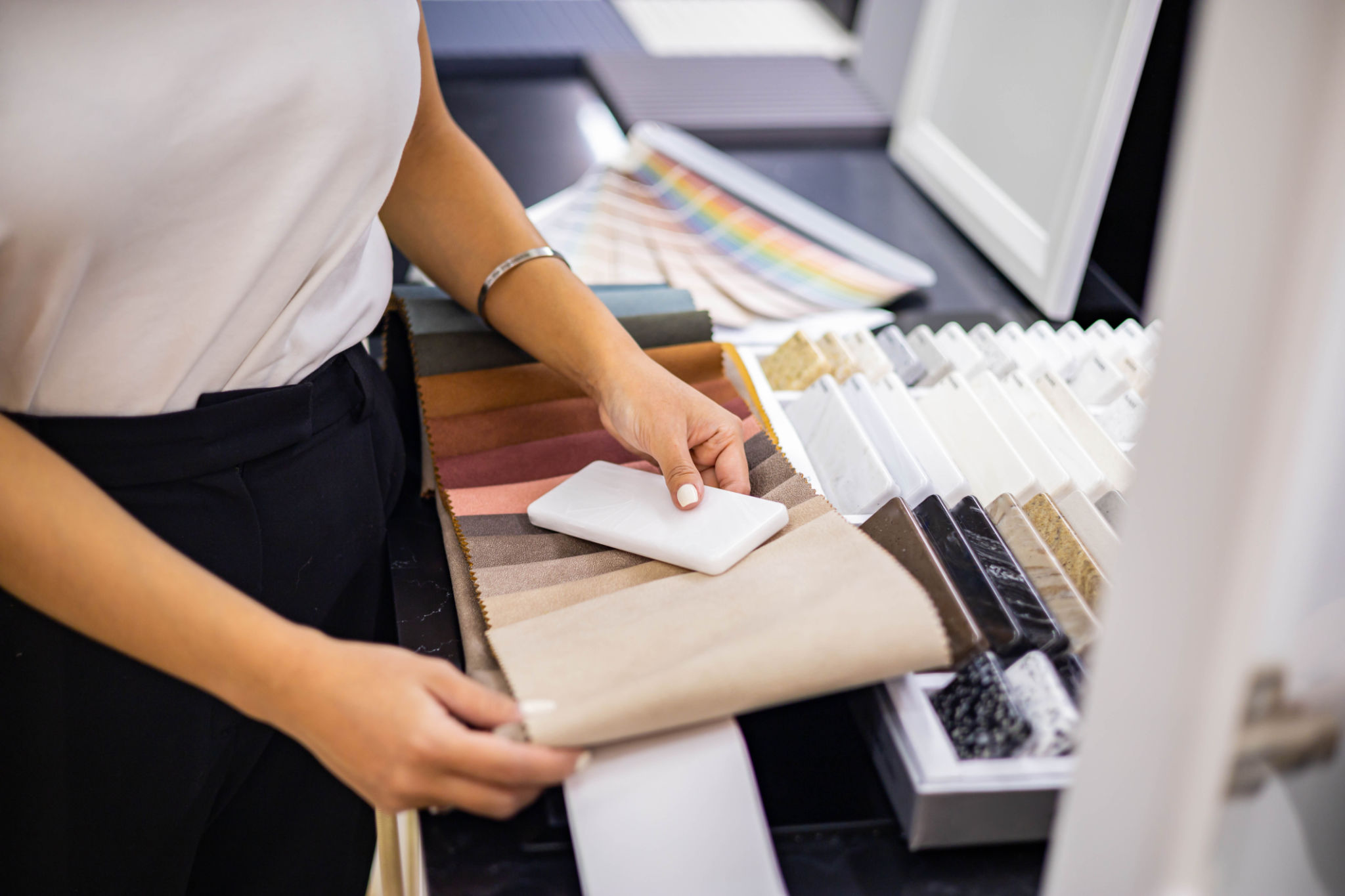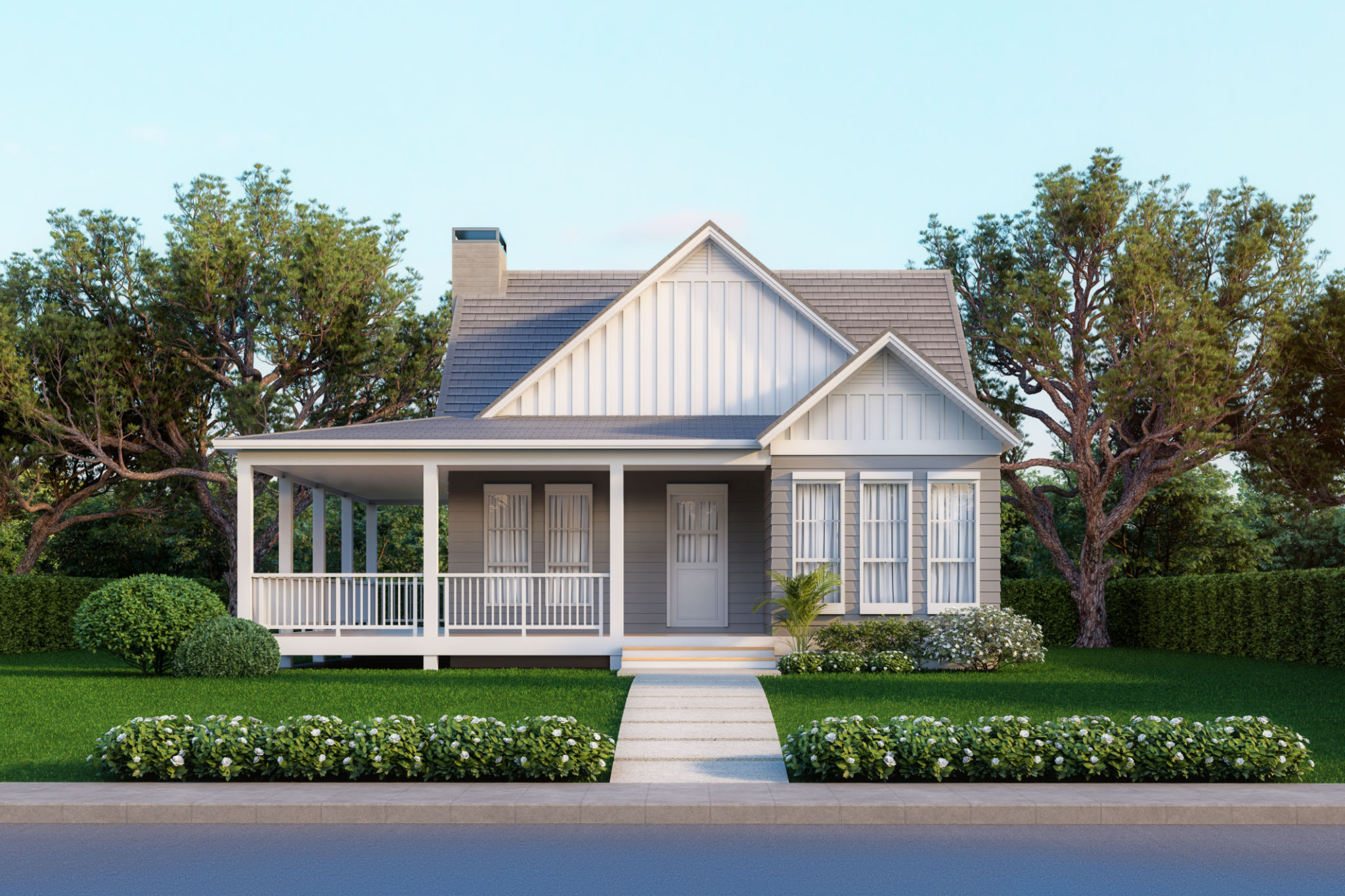Custom Home Design vs. Traditional Builds: A Comparative Guide
Understanding Custom Home Design
Custom home design offers homeowners the opportunity to create a living space tailored to their specific needs and desires. Unlike traditional builds, which often follow a set blueprint, custom homes are designed from scratch, allowing for a personalized touch in every aspect, from floor plans to finishes.
One of the primary advantages of custom homes is flexibility. Homeowners have the freedom to choose the number and type of rooms, materials, and even the architectural style. This level of customization ensures the home reflects the owner’s lifestyle and preferences.

The Appeal of Traditional Builds
Traditional builds, on the other hand, are often constructed by developers using pre-designed plans. These homes are typically part of larger communities or developments and follow a more standardized approach. This can lead to more predictable costs and timelines, making them an appealing option for many buyers.
One significant advantage of traditional builds is the cost-effectiveness. Because they follow pre-existing designs, there are fewer unexpected expenses compared to custom builds. Additionally, these homes are generally quicker to construct since builders are familiar with the plans and processes.

Key Differences Between Custom and Traditional Homes
When comparing custom home design to traditional builds, several key differences become apparent:
- Design Flexibility: Custom homes offer more flexibility in terms of design and layout.
- Cost: Traditional builds tend to be more cost-effective due to standardized plans.
- Timeline: Custom homes can take longer to build due to the bespoke nature of the project.
The Building Process
The building process for custom homes typically involves multiple stages, including consultations with architects, selecting materials, and working closely with contractors. This can be time-consuming but ultimately rewarding as it leads to a truly unique home.
In contrast, traditional builds have a more streamlined process. With established designs and materials, construction can proceed without the need for extensive consultations or decision-making by the homeowner.

Sustainability Considerations
Sustainability is becoming an increasingly important factor for many homeowners. Custom home designs allow for the incorporation of eco-friendly features, such as energy-efficient appliances, solar panels, and sustainable materials.
While traditional builds can also include these features, they may require modifications to standard plans. However, some developers now offer green building options as part of their standard packages.
Making Your Decision
Choosing between a custom home and a traditional build ultimately depends on your priorities. If you value personalization and have specific requirements for your home, a custom design may be the best choice. However, if you prefer a more straightforward process with predictable costs, a traditional build could be more suitable.
Regardless of your choice, both options have their own set of advantages and can result in a beautiful and functional home. Carefully consider your needs, budget, and timeline to make the best decision for your future living space.